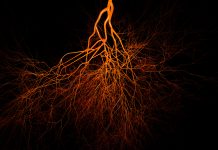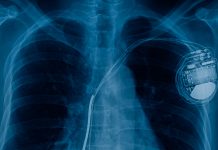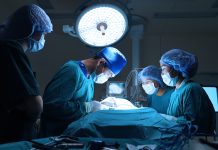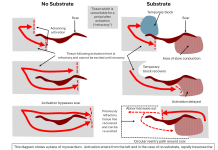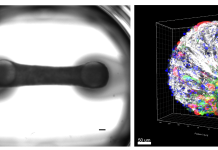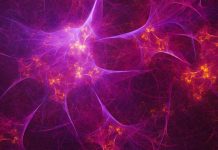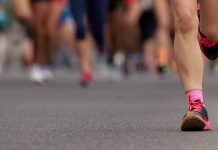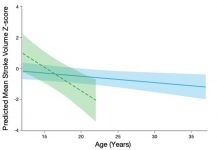Open Access Government produces compelling and informative news, publications, eBooks, and academic research articles for the public and private sector looking at health, diseases & conditions, workplace, research & innovation, digital transformation, government policy, environment, agriculture, energy, transport and more.
Home 2025
Archives
Saving lives from cardiovascular diseases in Africa
Professor Derek Yellon from the Hatter Cardiovascular Institute at University College London and Professor Mpiko Ntsekhe from the University of Cape Town discuss the increasing prevalence of cardiovascular diseases (CVD) in Africa and the associated treatment challenges.
Leadless pacemakers: Minimizing infections of cardiac pacemakers and defibrillators
As the population ages, concerns about infections related to cardiac implantable electronic devices (CIEDs) are increasing. This article explores the risk factors and proposes potential solutions to improve the safety of cardiac devices.
Coaches help to reduce heart failure re-admissions
Professor James Calvin from Western University’s Department of Medicine presents his important research comparing two innovative methods for supporting patients in managing heart failure.
The left atrial appendage arrhythmogenic and thrombogenic substrate
The left atrial appendage (LAA) is a significant source of strokes in patients with atrial fibrillation (AF). Helena Dominguez from the Department of Cardiology at the University of Copenhagen discusses the LAACS studies, which investigate the effects of LAA exclusion during heart surgery.
Sudden death is the most catastrophic manifestation of heart disease
Any disease affecting the heart muscle (“myocardium”) is a potential cause of sudden cardiac death. Such diseases include recovery following a heart attack (myocardial infarct “MI”) and diseases, such as Hypertrophic and Dilated Cardiomyopathies (HCM, DCM) together with a host of rarer diseases.
Estimating the impact of cigarette smoking on life expectancy from 1950 to 2000
In this study, Theodore R. Holford from the Department of Biostatistics at the Yale University School of Public Health estimates the impact of cigarette smoking on life expectancy between 1950 and 2000.
The future of personalised cardiovascular disease detection and monitoring
Professor Allan Lawrie from Imperial College London, discusses the future of personalised cardiovascular disease detection and monitoring, including comment on wearable technology and AI.
Fish hearts expose toxic truth about our cardiovascular health
Professor Holly Shiels, from the University of Manchester, is the Director of the Company of Biologists and the President of the Fisheries Society of the British Isles. She charts a toxic tide by tracing the path of pollutants from fish hearts to human cardiovascular health.
The role of stem cell-derived tissues in novel treatments for cardiac ailments
Curbs on animal testing mean human tissues derived from induced pluripotent stem cells offer a promising platform in discovering novel treatments for cardiac ailments.
BRAV3 Project: Cardiac regenerative medicine
Prof Felipe Prósper, Head of Department, and Dr Manuel Mazo, from the University of Navarra & Clínica Universidad de Navarra, shares his expertise in cardiovascular diseases, focusing on the work of the BRAV3 project, which includes research in cardiac regenerative medicine.
Cigarette smoking focus: A modeling approach for estimating the impact of health programs
Theodore R. Holford from Yale University charts a modeling approach for estimating the impact of health programs in this cigarette smoking research focus.
Treating neuropathic pain and nicotine dependence: Epibatidine derivatives as potential therapeutics
Lance R. McMahon, Ph.D. and Jenny L. Wilkerson, Ph.D. from Texas Tech University Health Sciences Center, describe the search for the magic bullet to treat both neuropathic pain and nicotine dependence using novel epibatidine derivatives as potential therapeutics.
Tackling physical inactivity and a sedentary lifestyle: Two distinct approaches
Being physically inactive and sedentary are two distinct issues that affect older adults. However, each problem necessitates a unique set of solutions; Professor Isabelle J. Dionne from the Université de Sherbrooke tells us more.
Enhancing marathon safety: The role of low-dose aspirin in cardiac arrest prevention
Arthur J. Siegel, Medical Director at MGH Internal Medicine Associates, Belmont, MA, USA tells us how low-dose aspirin can support primary prevention of marathon-related cardiac arrest in middle-aged men with coronary atherosclerosis.
Age-related changes in cardiomyopathic phenotype in patients with barth syndrome
With current treatment options for BTHS cardiomyopathic phenotype focused predominantly on alleviating symptoms, Dr Hani N. Sabbah, Director of Cardiovascular Research at Henry Ford Health, explores the potential of more targeted treatment approaches.

